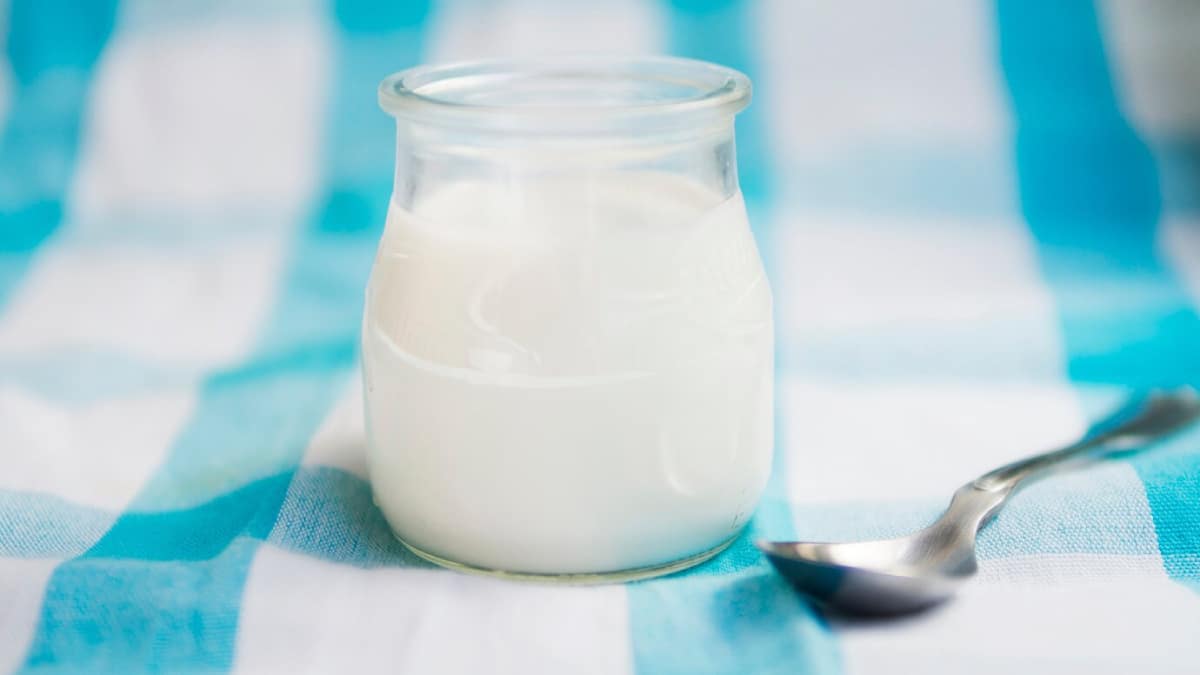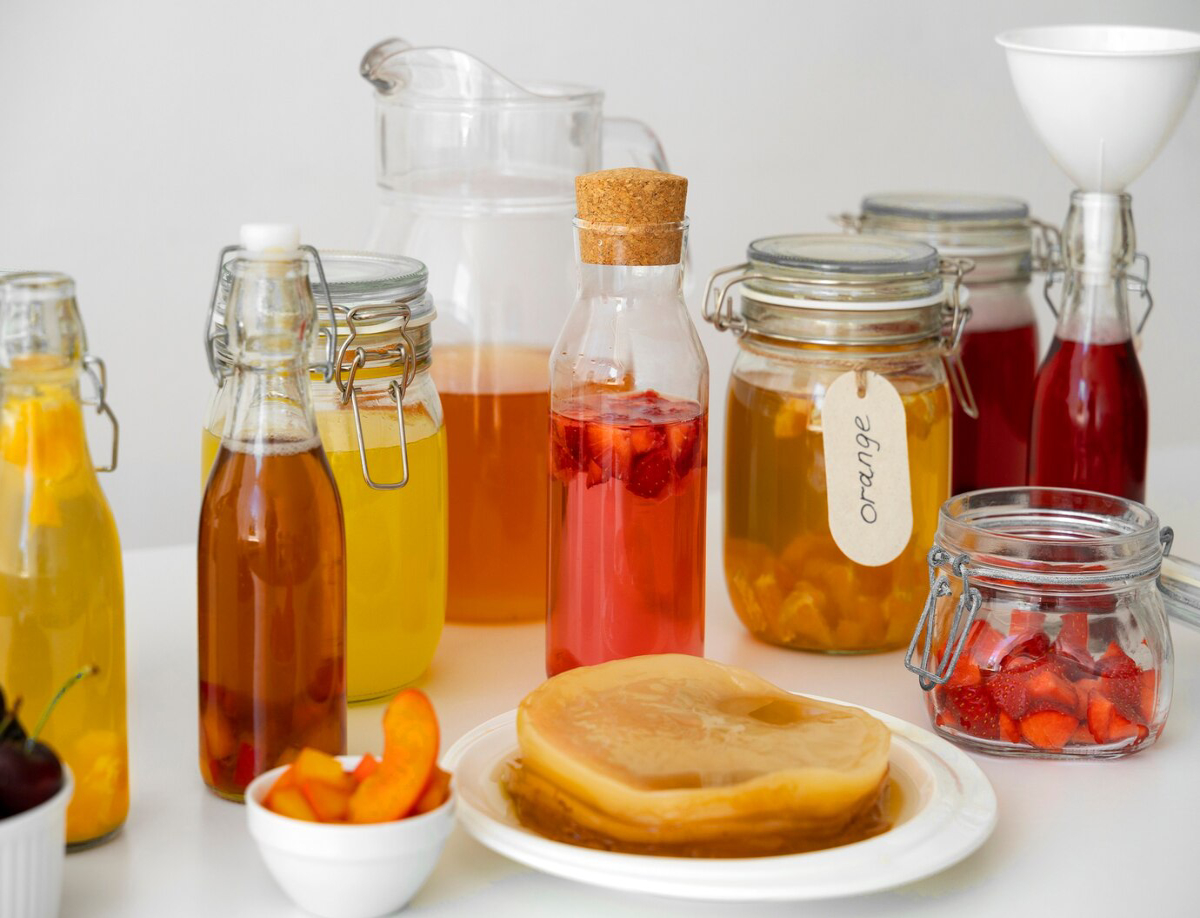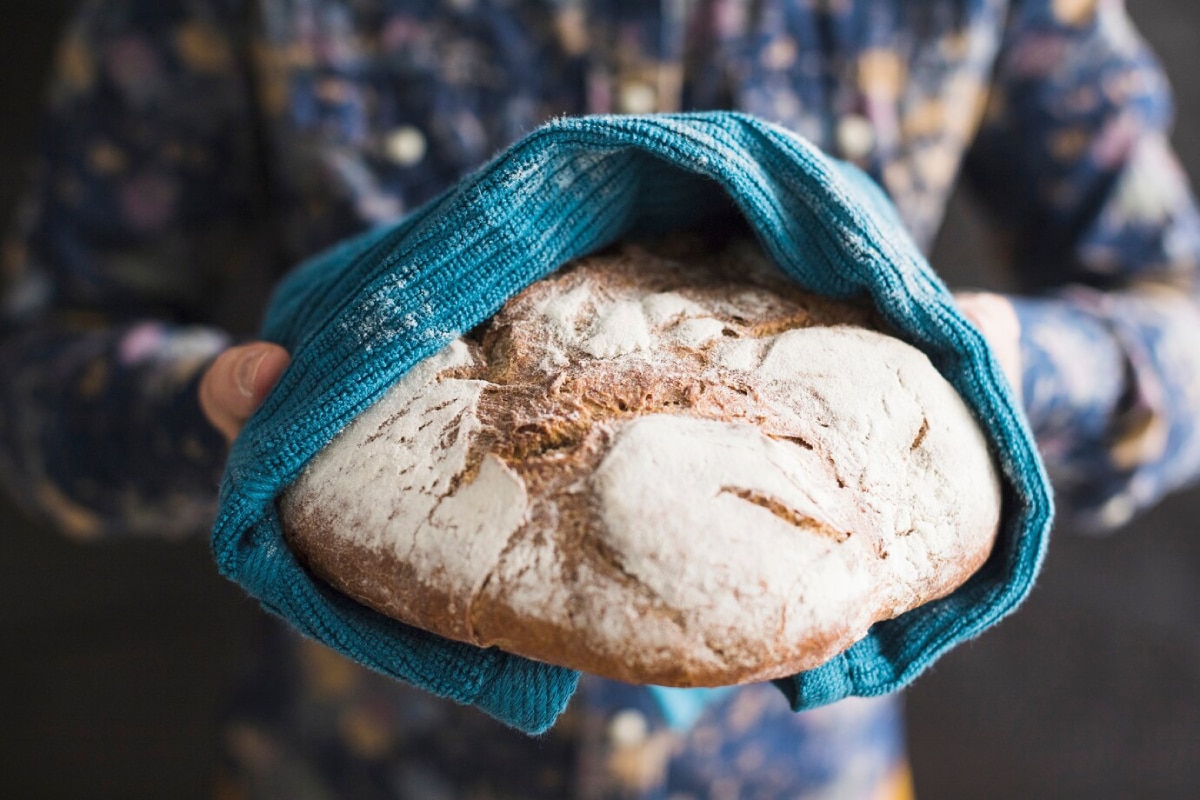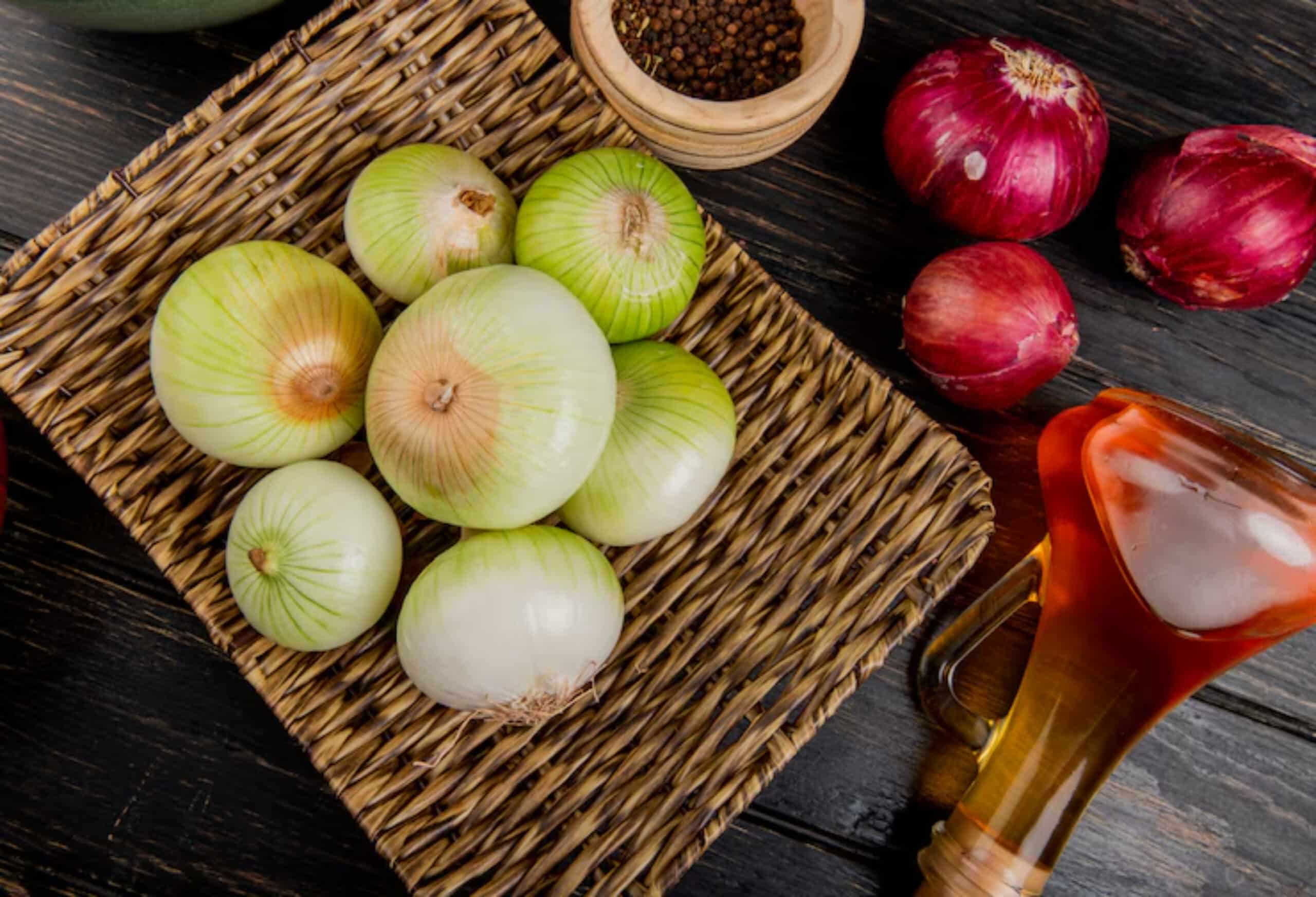
Fermenting Onions for a Tangy and Healthy Homemade Staple
Let’s face it – onions are already the unsung heroes of the kitchen. They start our stews, flavour our stir-fries, and bring tang to our salads. But have you ever tried them fermented? Imagine biting into a tangy, slightly fizzy onion slice that not only adds zip to your dishes but also helps your gut feel fantastic. That’s the magic of fermented onions.
In this guide, we’ll show you how to make a foolproof fermented onions recipe at home, even if you’re completely new to fermentation. You’ll discover what makes them tick, why they’re so good for you, and how to enjoy them daily. Whether you’re a home chef, a gut health enthusiast, or a curious beginner, this guide is your invitation to explore the world of lacto-fermented vegetables – starting with the mighty onion.
What Are Fermented Onions?
A Tangy Twist on a Staple
Fermented onions are raw onion slices or chunks preserved in a salty brine using a process called lacto-fermentation. Unlike vinegar-based pickling, this traditional method uses naturally occurring lactic acid bacteria to create an acidic environment that preserves the onions and enhances their flavour and probiotic content.
The result? Crunchy, tangy, slightly sweet onion pieces teeming with beneficial microbes – also known as probiotic onions.
Why Choose Fermentation Over Pickling?
- No vinegar needed – the tang comes from natural fermentation
- Retains more nutrients than heat-based pickling
- Probiotic-rich, unlike store-bought pickled onions
- Customisable flavour with herbs and spices
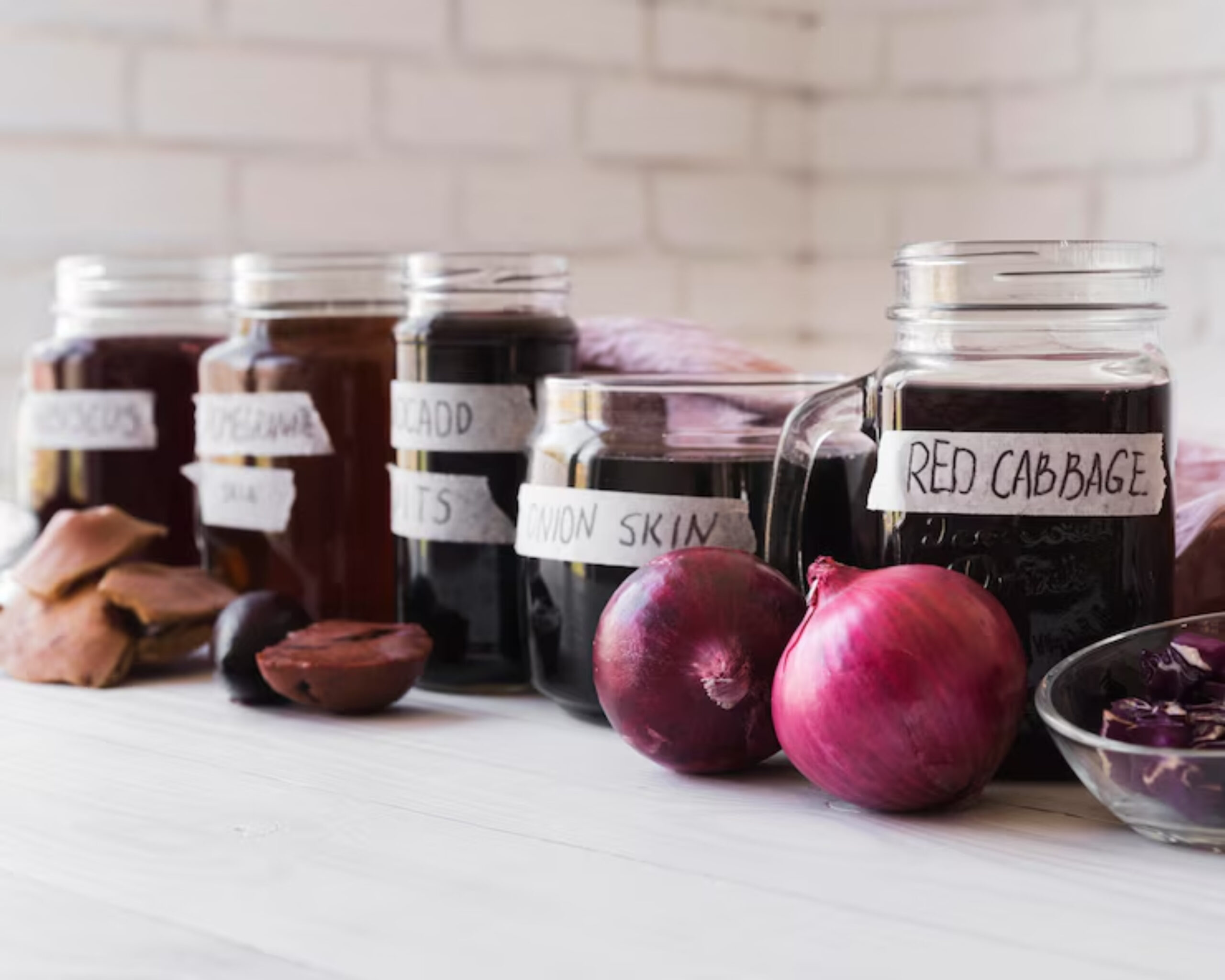
Why Fermented Onions Are Worth the Hype
Gut Health Superstars
Like other lacto-fermented vegetables, onions develop live cultures during fermentation. These probiotics may help:
- Balance gut flora
- Support digestion
- Reduce bloating
- Enhance nutrient absorption
Want to dive deeper into probiotic science? Check out our article on The Science Behind Fermented Probiotics.
Flavour Enhancer for Every Meal
- Add to tacos, burgers, and wraps
- Toss into salads and grain bowls
- Serve with cheese or charcuterie boards
- Use as a topping for soups or stews
A Natural Immune Booster
Raw onions contain quercetin, a natural antioxidant. Fermenting them preserves and potentially enhances these beneficial compounds.
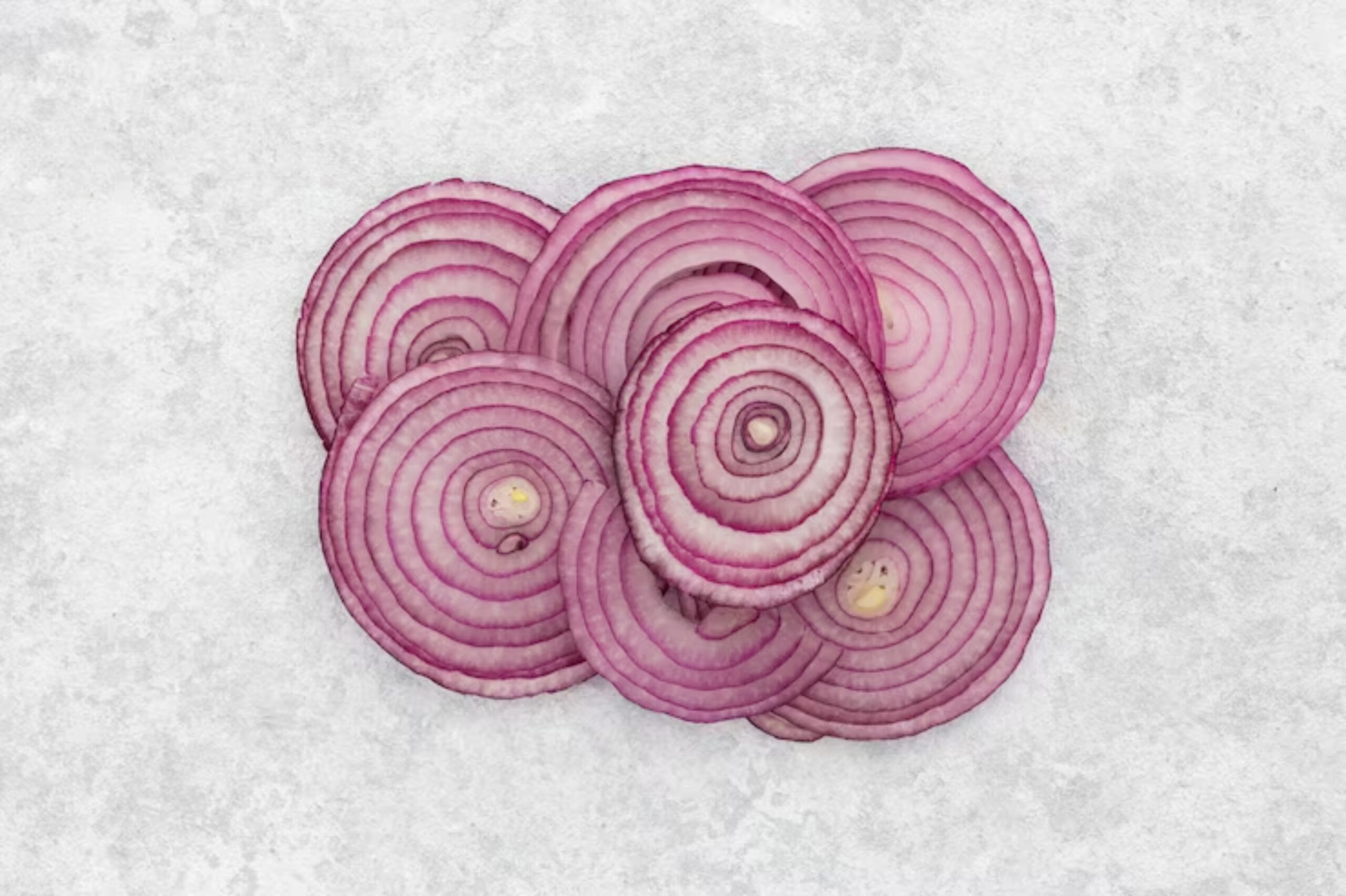
What You Need to Get Started
Ingredients:
- 2 medium red or white onions, thinly sliced
- 2 cups filtered water (chlorine-free)
- 1 tablespoon sea salt (non-iodised)
Optional Add-Ins:
- Garlic cloves
- Black peppercorns
- Mustard seeds
- Fresh thyme or rosemary
Tools:
- 500ml to 1L glass jar with lid or fermentation weight
- Fermentation weight or clean rock (to keep onions submerged)
- Chopstick or wooden skewer (for releasing bubbles)
- Label or masking tape (to mark the date)
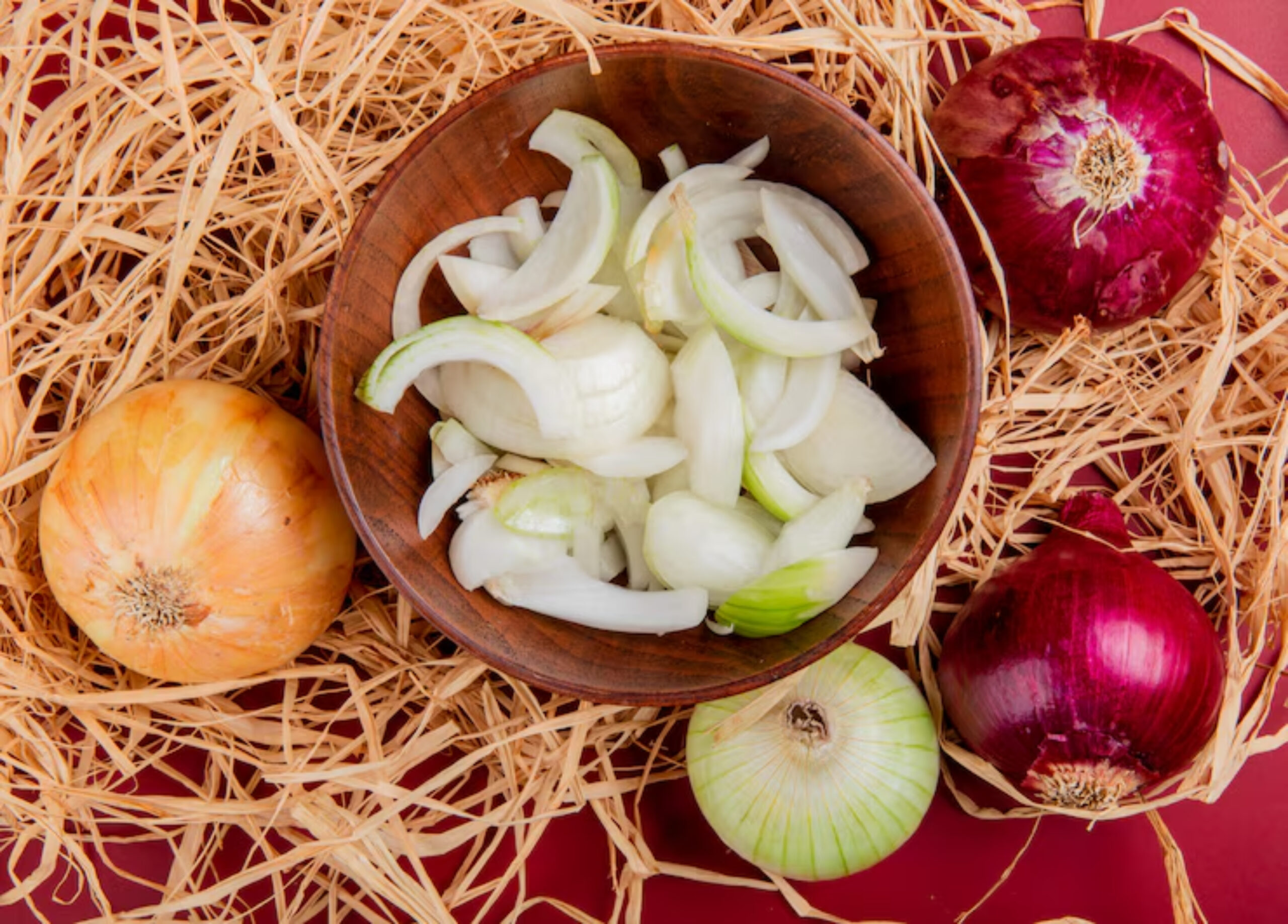
Fermented Onions Recipe
Make the Brine
Mix the sea salt into the filtered water. Stir until completely dissolved. This is your basic lacto-fermentation brine.
Prep the Onions
- Peel and thinly slice your onions.
- Place them in a clean glass jar, layering with any herbs or spices.
- Leave around 2 inches of headspace.
Add the Brine
- Pour the brine over the onions until completely submerged.
- Place a fermentation weight or improvised weight (small dish, rock) to keep the onions under the brine.
Let the Fermentation Begin
- Seal loosely or use an airlock lid.
- Store the jar at room temperature (18–22°C) out of direct sunlight.
- Burp the jar daily for the first 5 days to release gases.
Taste and Store
- After 5–7 days, taste-test. Tangy? Good. Still too sharp? Leave for a few more days.
- Once you’re happy with the flavour, move it to the fridge.
- Keeps well for up to 3 months in cold storage.
Tip: The colour may fade slightly in white onions and become brighter in red onions – that’s completely normal.
Safety First: Avoiding Fermentation Fails
Watch for:
- Mould on top (fuzzy, white, green, or black)
- Slimy texture (a sign of contamination)
- Rotten smell (unpleasant odours mean spoilage)
How to Prevent Spoilage:
- Always use clean jars and utensils
- Keep onions fully submerged in brine
- Don’t overfill the jar
- Avoid touching with dirty hands
How to Use Your Probiotic Onions Daily
Everyday Serving Ideas
- Mix into scrambled eggs or omelettes
- Add to cheese toasties
- Toss with quinoa or rice bowls
- Blend into hummus or baba ghanoush
Special Pairings
- Pair with smoked salmon or mackerel
- Add to goat cheese crostini
- Serve alongside spicy Indian or Thai curries
Want more probiotic-friendly dishes? Explore our guide to How to Incorporate Fermented Foods into Every Meal.
Real-World Fermentation Stories
“My kids never liked raw onions. But fermented ones? Now they put them in wraps and sandwiches on their own!” — Jen, Brighton mum of two
“I made a double batch for Christmas dinner. They were the surprise star on the table. Everyone wanted a jar to take home.” — Liam, home cook from York
Troubleshooting Fermented Onions
What If:
- My onions float? Use a weight to keep them submerged.
- I forgot to burp the jar? It may fizz or spill – clean and continue.
- They smell funky? Tangy is good; rotten is bad. Trust your nose.
- The brine turned cloudy? That’s normal! It’s a sign of fermentation.
Frequently Asked Questions
Can I reuse the brine?
Not recommended. It weakens with each use. Always start fresh for full probiotic punch.
How do I know fermentation is happening?
Look for tiny bubbles, a slight tangy smell, and slight changes in texture and colour.
Is this safe for people with histamine intolerance?
Fermented foods can be high in histamines. Consult a healthcare professional if unsure.
A Tangy Tradition You Can Make at Home
Fermented onions bring together tradition, science, and flavour. This fermented onions recipe is simple, sustainable, and seriously satisfying. They don’t just add crunch and zest to your meals – they deliver a punch of probiotics that can truly benefit your digestive health.
So what are you waiting for? Start slicing those onions, grab a clean jar, and embrace the power of lacto-fermented vegetables right in your own kitchen.
If you enjoyed this guide, leave us a comment with your flavour experiments, or share it with someone who needs a little gut-friendly inspiration. Ready for more? Subscribe to our newsletter for weekly fermentation tips, recipes, and stories!
